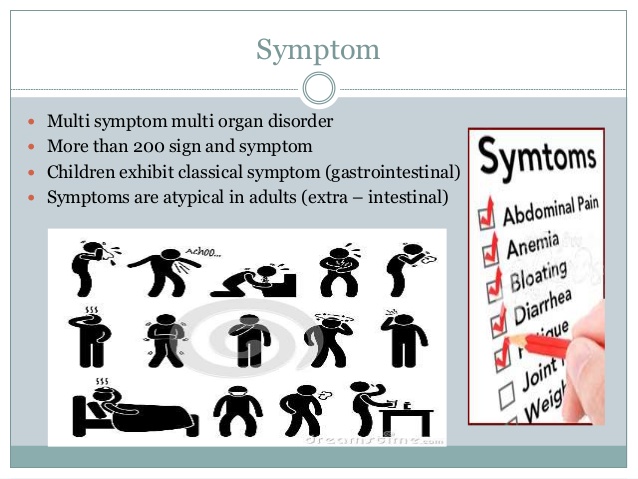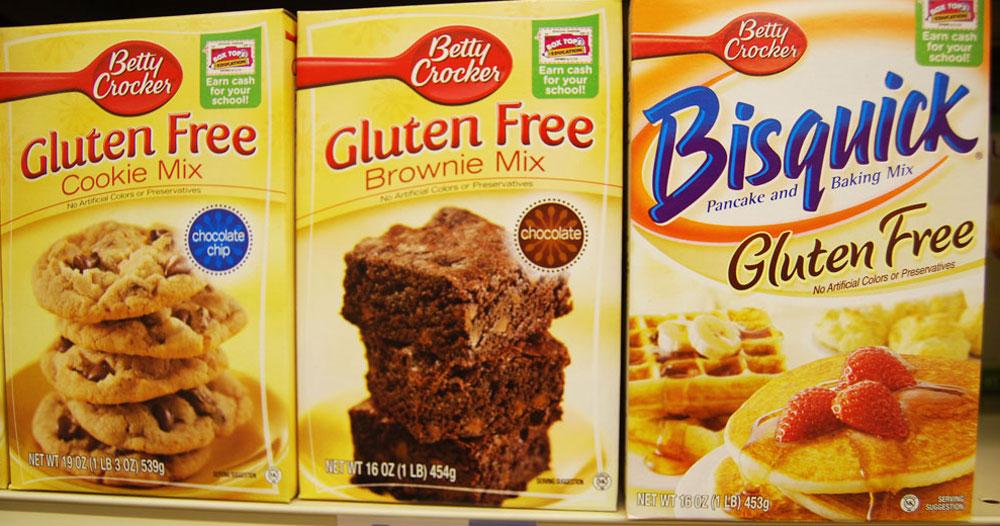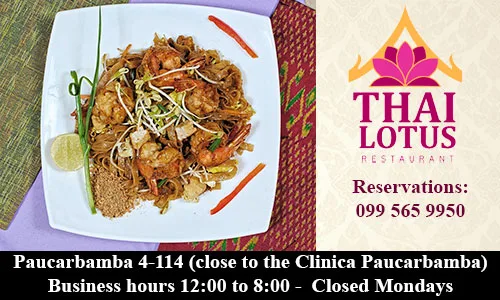Is gluten healthy or harmful?
Does going “gluten-free” mean you’ll automatically lose weight, shrink your “wheat belly” or prevent Alzheimer’s disease? Or as Jimmy Kimmel demonstrated quite hilariously, are you someone who has stopped eating gluten because someone in your Yoga class told you to?
 (Check out Jimmy’s segment on Youtube.com where he asked people on the street, “What is gluten?”)
(Check out Jimmy’s segment on Youtube.com where he asked people on the street, “What is gluten?”)
Can gluten be responsible for your being overweight? Is gluten linked to bad skin, bad sleep or bad sex? You might think so if you’re a reader of certain websites or tabloids.
Gluten continues to be a mighty hot topic — I just Googled “gluten-free” see 342 million URLs! That’s an increase of more than 176 million from the last time I checked, about a year ago.
The market for gluten-free products is exploding, with the U.S. leading with about 13.76 billion U.S. dollars in retail sales. The forecast is $23.9 billion by 2020. Mintel reports that one in 10 people avoid gluten and 15% of households avoid gluten and wheat; more than half because they believe it’s part of a healthy diet.
First, let’s see how much you know about gluten. Take this quick quiz adapted from the University of Chicago Celiac Disease Center.
First, indicate “fact” or “fallacy” for each question — then read the column. You may be surprised!
- Celiac disease is a rare childhood disease
- Testing for celiac disease is easy
- Celiac disease is like a food allergy, similar to peanut allergy
- Gluten is in many of the foods you eat
- The only effective treatment for celiac disease is avoiding all gluten
- Since celiac disease is a childhood disease, you can outgrow it
- A simple blood test is all you need to diagnose celiac disease
- Undiagnosed and untreated celiac disease can lead to other disorders
What is gluten, anyway?
Gluten is natural protein found in wheat and other related grains including rye and barley, and also spelt, kamut, and farro. Malt and Brewer’s yeast are sources of gluten too.
According to BeyondCeliac.org, a website devoted to helping people with celiac live healthier lives, celiac disease is an autoimmune digestive disease triggered by gluten. Autoimmune means that the body is essentially attacking itself every time a person with celiac consumes gluten. The reaction damages the villi of the small intestine and interferes with absorption of nutrients from food.
The Celiac Disease Foundation reports that the disease affects 1 in 100 people worldwide, and in the U.S. alone, it’s estimated that 2 and one-half million are undiagnosed.
Until recently, celiac disease was assumed to be strictly hereditary, and people with a first-degree relative with celiac disease (parent, child, sibling) have a 1 in 10 risk of developing celiac disease.
Recently, some researchers report that they estimation for celiac disease has increased, and some reasons cited include changes in our environment, with increased exposure to endocrine-disrupting chemicals from plastics, to an increase in antibiotics, to a worldwide trend toward eating massive amounts of refined white flour and white rice products such as packaged flaked cereals, breads, crackers and chips. Another contributing factor is the decrease in healthy whole grains, whole fruits, and vegetables.
And we are eating far more added gluten than our parents and grandparents ate. Countless processed foods, including all sorts of condiments, seasonings, processed meats, vegetarian “meats”, sweets, and treats, contain added wheat gluten. Why? It’s used for volume and texture, to promote “chewiness” to breads, and as a stabilizing agent. Gluten is even used in cosmetics and other skin products. Check out WebMD.com for obvious and hidden sources of gluten.
Sensitive? Intolerant?
New research shows that people who report themselves as “gluten intolerant” or sensitive to gluten may, in fact, be intolerant of a certain carbohydrate in wheat, not the gluten protein. That carbohydrate, called fructan, is a member of a group of carbs which gastroenterologists say is irritating the guts of some people, causing gas, diarrhea, distention and other uncomfortable symptoms. Altogether, these carbs are called fermentable oligo-di-monosaccharides and polyols, or the cumbersome acronym FODMAPs.
If you think you’re gluten sensitive, or suspect your symptoms result from eating FODMAPs, you may want to try an elimination diet. It’s important to be scientific about eliminating FODMAP foods — they should all be eliminated for a specific period of time, then individually reintroduced in specific amounts to determine sensitivity. Consult your doctor and registered dietitian for help and guidance. See my article about FODMAPS and irritable bowel syndrome (IBS) here.
Evidence shows that the increase in celiac disease and even gluten sensitivity may be linked to the increase in the amount of gluten-containing foods people eat. It may not be the gluten present in natural whole grains, per se, that’s the problem. Globally, people consume significantly more processed foods including crackers, chips, cereals and bread — refined carbohydrates with industrially produced wheat gluten added to them. However, there’s less consumption of 100% whole grains and fermented bread. Sourdough bread’s long fermentation helps break down the wheat’s gluten and is the subject of ongoing research into health and gluten tolerance.
Gluten-Free Everything
People with celiac disease must absolutely avoid all foods with gluten, but the “gluten-free fad” (fad usually indicates eliminating an entire nutrient group) remains popular as consumers perceive gluten-free as a healthier way to eat and lose weight (always a trendy issue). The New York Times reports a frenzy of new products, from bread, cakes, cookies, and even beer and donuts, all touted as gluten-free.
Therefore, don’t fall for the “halo effect”
Behaviorists coined the term “halo effect” to describe how marketing geniuses work to influence consumer choices. There are hundreds of gluten-free products to choose from — pasta, breads, and crackers are obvious, but what about cookies, pizza, mac and cheese, ice cream, chips…and beer. A gluten-free cookie is still a cookie. Gluten-free pasta is still…pasta. Calories count — gluten-free doesn’t mean calorie-free.
Since gluten is what gives shape and texture to baked goods as they cook, most of the time commercial gluten-free breads or pizza dough are dishearteningly flat. To alleviate this, additives such as xanthan gum and hydroxypropyl methylcellulose or cornstarch are typically introduced. More sugar and fat are typically added to make products even slightly palatable. The result? Gluten-free pizzas and cookies can have up to two or three times more calories, added sugars, and added fat than the original.
“Specialized” products often have especially high prices too. I’ll bet you dollars to donuts that your best approach to a healthier lifestyle is to read the ingredient label before you toss a food into your shopping cart. A shorter ingredient list means fewer additives and preservatives.
Manufacturers create gluten-free products by swapping wheat flour for gluten-free flour made from almond, rice, corn, or even bean flour. They often have less fiber and fewer nutrients and lots more sugar, preservatives, chemicals, flavors, colors, and more.
Typically substitute flours are not fortified: this could lead to a lower intake of folate, calcium, niacin, and iron. As reported in the Gluten Intolerance Group, very few gluten-free grain products are enriched with vitamins and minerals. For people with true celiac disease and malabsorption issues, this can compromise their nutritional status even more.
And if you’re avoiding gluten, look to your brews. Certain grain-based whiskeys, vodkas and gin, and of course, beer are typically made from malted wheat or barley and are off limits.
It’s easy to eat healthfully without eating gluten-containing grains, and especially processed foods. Think whole. Quinoa, brown rice, millet, sorghum and corn are gluten-free; so are all vegetables and fruits, dairy, meats, poultry, fish and legumes (beans). If you can buy these organic, all the better for you.
To learn more about the science or lack thereof for recommending that all people avoid gluten, read Dr. James Hamblin, writing for The Atlantic. His critique of Dr. David Perlmutter’s “Grain Brain” is comprehensive. Hamblin wisely says, “When a person advocates radical change on the order of eliminating one of the three macronutrient groups from our diets, the burden of proof should be enormous.”
Answers to Facts & Fallacies: How did you do?
- Fallacy: According to com, you can develop celiac disease at any age. If you have a blood relative with celiac disease, you are at an increased risk for developing it too. Symptoms include cramps, constipation, diarrhea, bloating and nausea after eating gluten.
- Fact: Screening and diagnostic tools are reliable and efficient, however, a child with celiac disease will visit eight pediatricians before the correct diagnosis is made. Only about 3% of people with celiac disease have been diagnosed.
- Fallacy: Celiac is an autoimmune disease like diabetes or rheumatoid arthritis: a food allergy is when antibodies in your body trigger the release of histamine, provoking an inflammatory response to a “threat”. For people with celiac, if they eat gluten their immune system responds by attacking the small intestine and inhibiting the absorption of vital nutrients.
- Fallacy: Many processed foods contain added wheat gluten but you can make your diet naturally gluten-free. Just stick to unprocessed foods: all fruits, vegetables, dairy, meats, poultry, fish and alternatives like quinoa, rice, beans and lentils, and corn, to take the place of wheat, rye, and barley in your diet. Read more here.
- Fact: If you have celiac disease you must avoid gluten to avoid triggering the disease.
- Fallacy: Celiac disease is an autoimmune disease and cannot be outgrown like some childhood food allergies might; as I mentioned, it can strike at any age.
- Fallacy: Experts say that even if you have symptoms and positive blood tests for celiac genes and antibodies, because other conditions can cause similar symptoms, a biopsy of the small intestine is recommended to confirm the diagnosis. Read more here.
- Fact: Undiagnosed and untreated, celiac disease can lead to other autoimmune disorders like diabetes and also lead to devastating health complications such as osteoporosis, thyroid disease and cancer. Read more here.
____________________
Susan Burke March, a Cuenca expat, is a Registered and Licensed Dietitian, a Certified Diabetes Educator who specializes in smart solutions for weight loss and diabetes-related weight management. She is the author of Making Weight Control Second Nature: Living Thin Naturally—a fun and informative book intended to liberate serial dieters and make healthy living and weight control both possible and instinctual over the long term. Do you have a food, nutrition or health question? Write to her – SusanTheDietitian@gmail.com
Sources
Beyond Celiac. About Celiac Disease
Celiac Central. How to Know If You Have Celiac Disease? Take This Quiz
Celiac Disease Foundation. What Is Celiac Disease?
CuencaHighLife.com. Irritable bowel syndrome: there’s a new dietary approach for managing it.
Food & Drink Technology. Gluten-free trend set to continue in 2018.
Jimmy Kimmel Live. Pedestrian Question – What is Gluten?
NYTimes.com. A big bet on gluten-free.
The Salt (from NPR). Sensitive to gluten? A carb in wheat may be the real culprit.
The Spruce Eats. Is there gluten hiding in processed foods and beverages?
WebMD.com. Hidden Sources of Gluten
WebMD.com. How do I know if I have celiac disease?


















